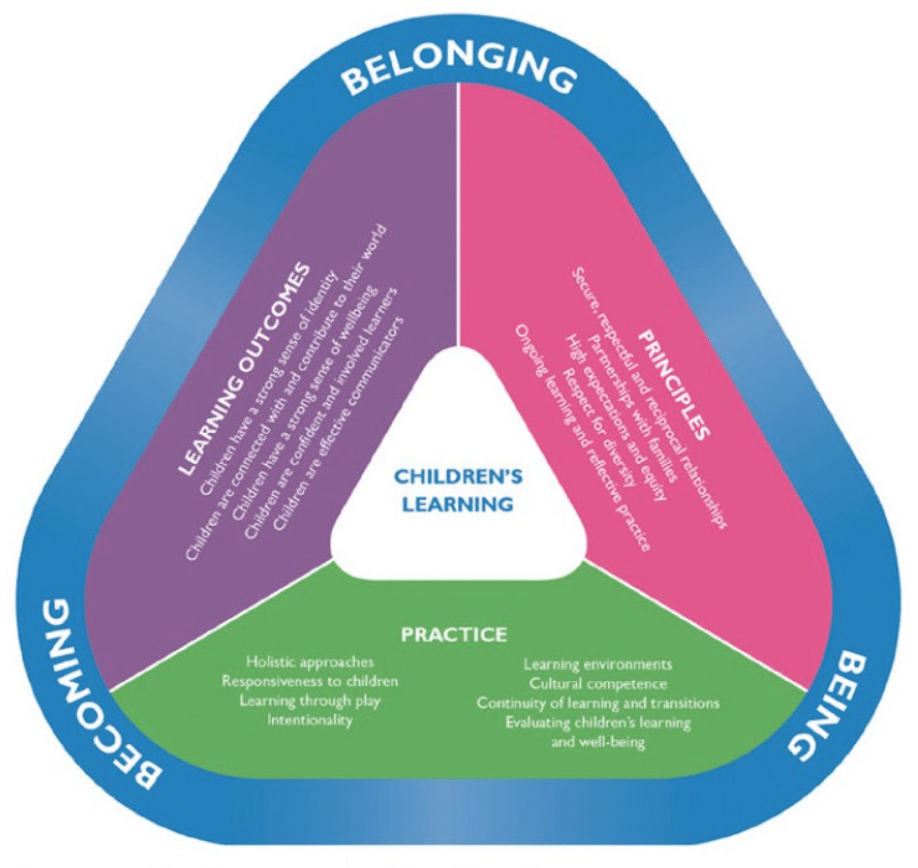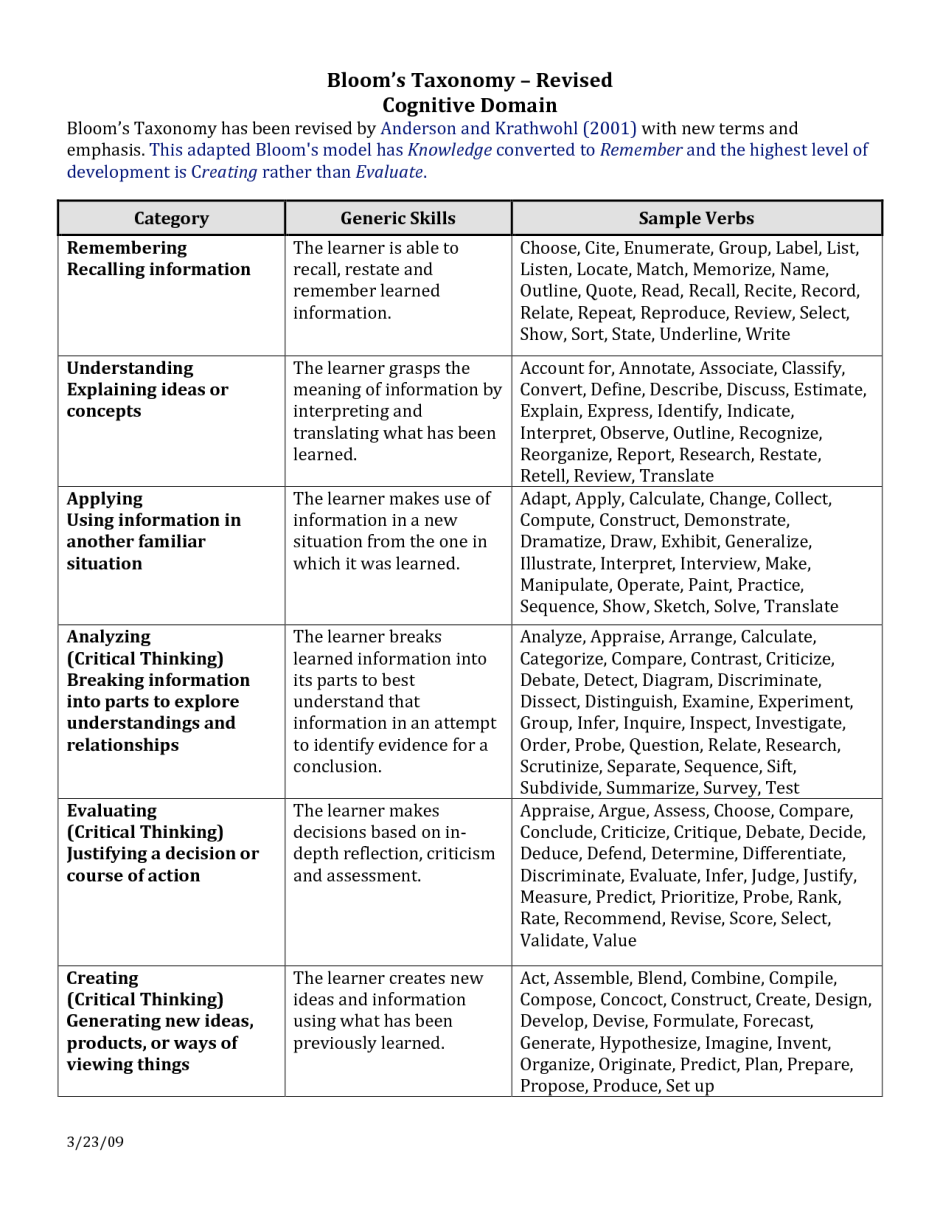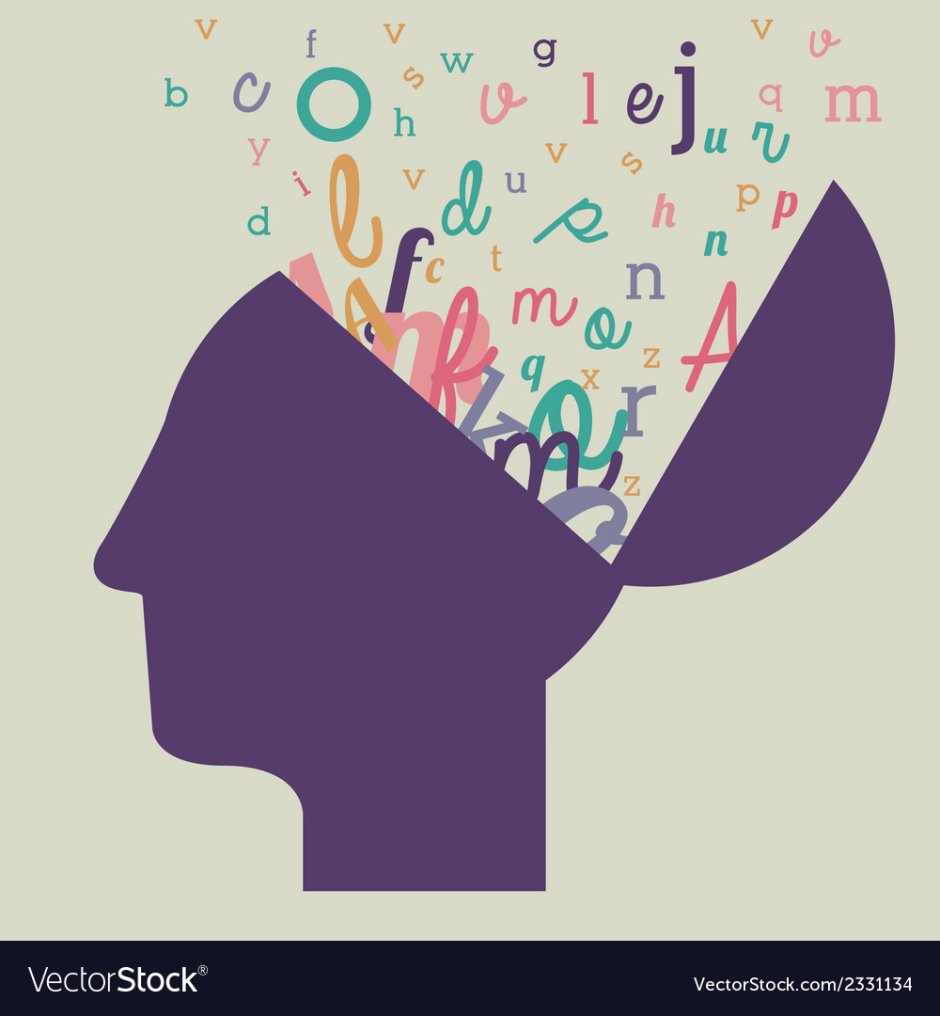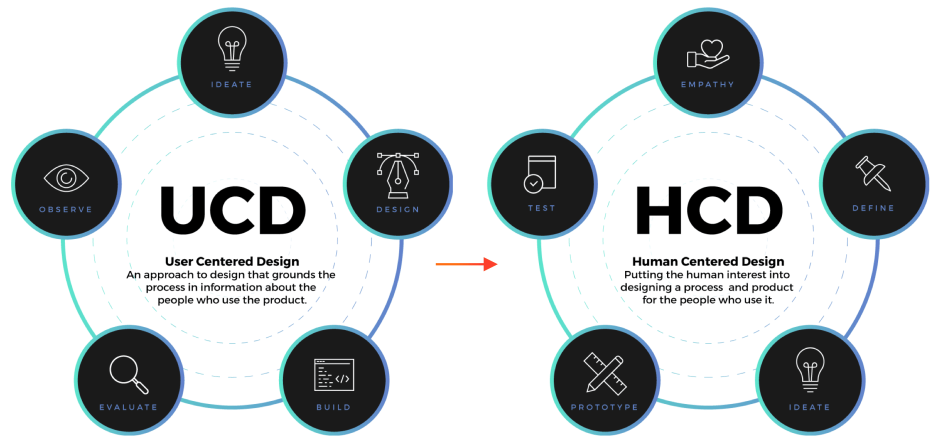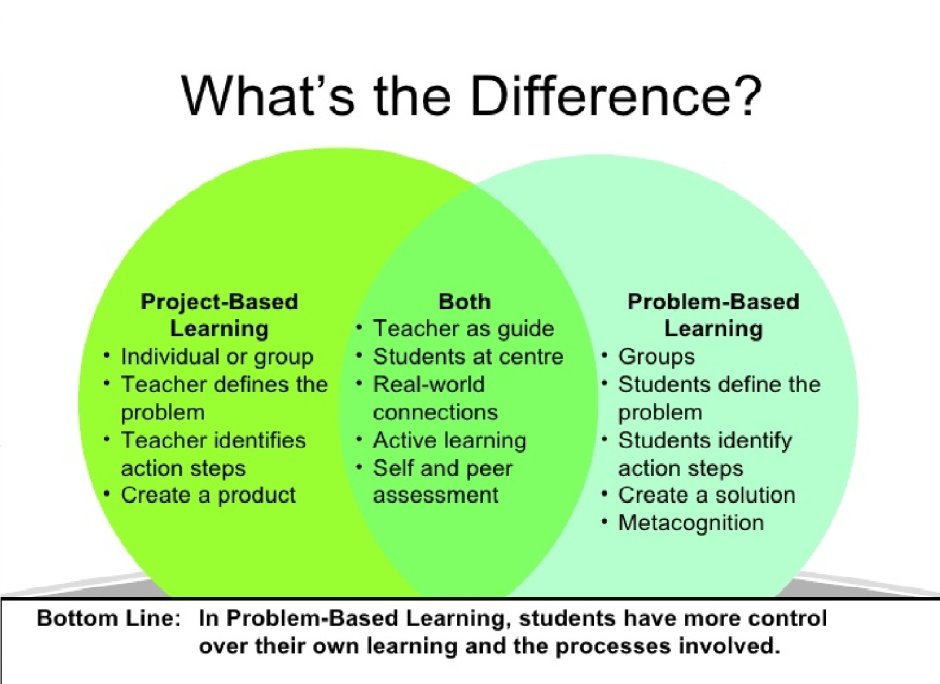Student centered approach
In the realm of education, the student-centered approach stands tall as a beacon of innovative teaching practices. This dynamic pedagogical philosophy places the needs, interests, and abilities of students at the very core of the learning experience. Gone are the days of rote memorization and passive absorption of information. Instead, students become active participants in their own education, with teachers assuming the role of facilitators and guides on their academic journey.
In a student-centered classroom, the traditional hierarchy between teacher and student is replaced by a collaborative partnership. Students are encouraged to take ownership of their learning, setting goals, making decisions, and engaging in self-reflection. By fostering autonomy and independence, this approach empowers students to become critical thinkers, problem solvers, and lifelong learners.
One of the key principles of the student-centered approach is differentiation. Recognizing that every student is unique, teachers adapt their instruction to meet individual needs, preferences, and learning styles. This ensures that all students, regardless of background or ability, have equal opportunities to succeed. Differentiation can take many forms, from providing alternative assignments and materials to offering flexible grouping strategies and personalized support.
Another hallmark of the student-centered approach is the emphasis on active learning. Rather than passively receiving information, students are encouraged to actively construct knowledge and apply it to real-world contexts. This might involve hands-on experiments, collaborative projects, discussions, or simulations. By engaging in these interactive activities, students develop higher-order thinking skills, deepen their understanding, and foster a sense of curiosity and exploration.
Furthermore, the student-centered approach recognizes the crucial role of formative assessment in promoting student growth and success. Regular feedback and ongoing evaluation allow students to monitor their progress, identify areas for improvement, and refine their learning strategies. Teachers, in turn, use this feedback to inform their instruction and provide targeted support where needed.
In conclusion, the student-centered approach revolutionizes education by placing students at the heart of the learning process. By fostering autonomy, differentiation, active learning, and formative assessment, this approach cultivates a generation of empowered, engaged, and self-directed learners. It is a paradigm shift that not only prepares students for success in the 21st century but also nurtures their curiosity, passion, and love for learning.






























